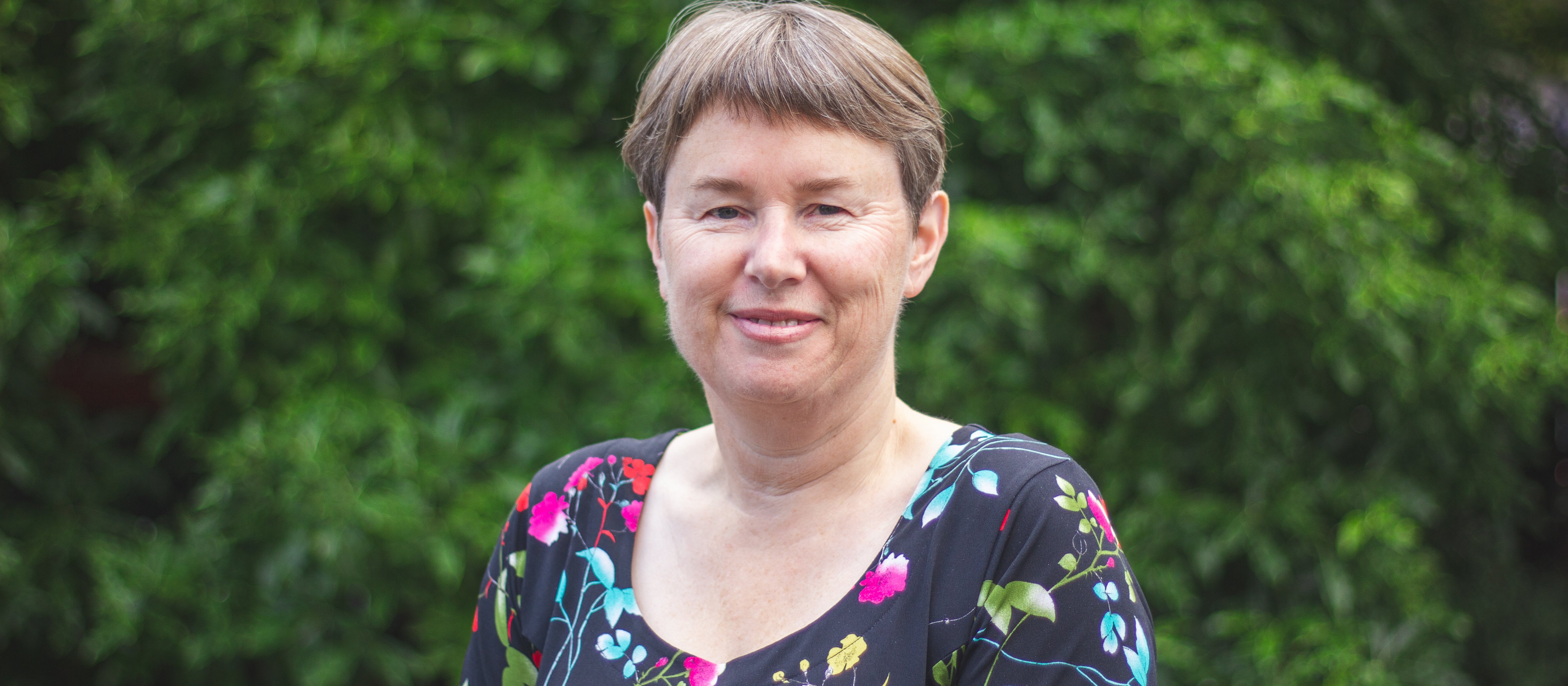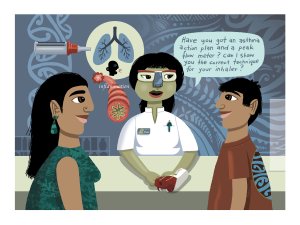Academic pharmacist Nataly Martini discusses the medical management of asthma in adults and adolescents, which has evolved to prioritise early anti-inflammatory treatment. She also explains how to improve patient outcomes by proactively identifying poor asthma control and supporting equitable access to education and treatment
Otago study quantifies harm caused by $5 prescription fee
Otago study quantifies harm caused by $5 prescription fee

University of Otago researchers are calling for the $5 prescription copayment to be scrapped after their randomised control trial showed the fee is damaging the health of vulnerable populations.
Between February 2020 and January 2021, researchers, led by Professor Pauline Norris of the University of Otago’s Va'a o Tautai – Centre for Pacific Health, looked at whether exempting people with high health needs and living in areas of high deprivation from a $5 charge reduces hospital use.
The 1061 participants recruited were randomly split into two groups, an intervention group, that had their prescription copayments paid by the research team during the trial, and a control group that did not.
Results of the study, published in the journal BMC Health Services Research, revealed the intervention group members were much less likely to be hospitalised during the trial.
For every 100 people who received free prescriptions, 33 were admitted to hospital and stayed for 208 days.
For every 100 people who still had to pay the $5 charge, 41 were admitted to hospital and stayed for 326 days.
There were also statistically significant reductions for the intervention group in the number of hospital admissions for mental health problems and COPD plus reductions in length of stay for COPD. Apart from all-cause mortality and diabetes length of stay, all health outcome measures were better for the intervention group than the control group.
Professor Norris has been researching medicine accessibility for about a decade and has often interviewed patients who have said they are a choosing to go without medicines because they cannot afford to pay the copayment, or choosing to take less than the prescribed doses to make the supply last longer to avoid paying the fee as often.
Others have said they went without food to pay for their medicines and some have said they were hospitalised because they did not take their prescribed medicines.
“I just felt like we needed some stronger evidence about how common that was and whether it was a real outcome of the prescription charges,” she says.
This study clearly proves prescription fees are a major barrier to accessing health services and this is resulting in patients in vulnerable populations facing worse health outcomes, she says.
Professor Norris is now calling on the Government to either scrap the copayment entirely or at least remove it for patients living in areas of high deprivation.
She says there is no perfect way to achieve this but is certain anything that requires patients to fill out a large amount of paperwork to access an exemption will definitely not work.
It is also difficult to work out how much removing the prescription copayment would cost, Professor Norris says.
In theory it could cost $100 per household, which is the maximum a household can spend on prescription copayments in a year before their medicine is subsidised, but in reality it would be less than this as most patients do not get prescribed enough medicines in a year to reach the threshold. Some patients are also already getting their medicines subsidised through several methods, such as disability allowances.
“The real cost would be less than $100 per person per year, and that has to be weighed up against the real cost of having the scheme, which includes an increase in hospitalisations and the administrative cost of running the scheme.”
For patients who are hospitalised because they did not take their medicine, removing the copayment would absolutely result in a cost saving, as a hospital admission costs the taxpayer an average of $15,000 per day, Professor Norris says.
Recruitment to the trial was carried out between the end of October 2019 and February 2020 through pharmacy staff, Facebook, media stories, mail-drops, through general practices and community organisations.
The study had a target of enrolling 2000 participants but only succeeded in getting 1061, possibly due to the short enrolment period and because enrolling patients proved more difficult than expected.
Patients were recruited only from rural areas, without a discount pharmacy, as the team thought using patients from areas where the control group could access free scripts by going to discount pharmacies could skew the results.
The study was funded by the Health Research Council of New Zealand and Pharmac.





